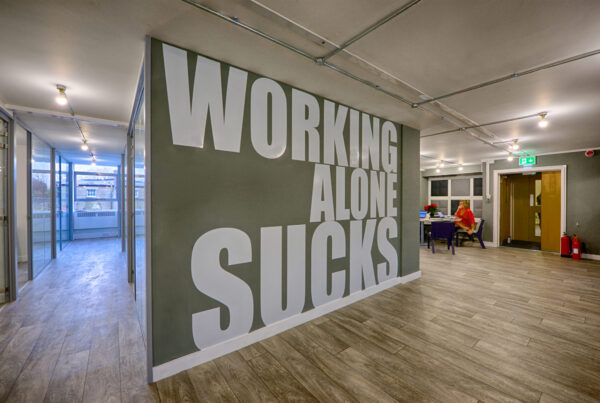Flexible Work Spaces across the UK have become a powerful component of the UK’s real estate market. This is resulting in contractual occupancy rates among flexible workspaces in the UK reaching an average of 83% in Q3 this year, the highest level since before the pandemic began. However, this success is not united across the industry, with city centres and high-quality spaces faring better due to shifting occupier priorities. This is opposite to the trend we are seeing within the traditional office sector, where vacancy rates are notably high.
Key insights:
- Occupancy rates in cities are above the UK average, with Leeds (89%) and Manchester (88%) seeing the highest rates
- High-quality spaces with a sustainability focus, boast the highest occupancy rates in the UK (88%) as clients are needing this to be a higher priority.
- The move to the suburbs trend that we saw early in the pandemic is now reversing, with occupancy rates in city centres outpacing those in the suburbs as companies place more emphasis on improving the experience of their HQ offices
Although occupancy rates within London are on the rise, the highest occupancy rates are currently seen in key regional cities as many companies look to incorporate a ‘hub and spoke’. Not only do business hotspots outside the capital provide an opportunity for cost savings, but they also allow companies to tap into new talent pools.
Thanks to its leading universities and diverse population, Manchester is one regional city that’s attracting businesses from across the UK, with traffic to the Instantoffices.com’s digital platform indicating that 75% of users looking for flex space within Manchester are based outside the city. This is pushing average occupancy rates up to 88%, one of the highest rates in the country.
What is the levelling-up agenda?
The British government is prioritzing “levelling-up” agenda meaning that economic and political forces are lining up to drive business growth, which is also having a positive impact on occupancy rates within regional cities.
Leeds, for example, has experienced 6% new business growth since before the pandemic, compared to the UK average of 2% over the same period. This influx of new businesses makes Leeds a haven for entrepreneurs and start-ups, both of whom drive significant demand for flexible workspaces.
While contractual occupancy rates have reached record levels recently and are on an upward trajectory, the average number of staff working from the office reached a national daily average of 31% in October, far below pre-pandemic levels. However, contractual occupancy can be used as a good indicator of shifting occupier trends and should give both occupiers and providers of space confidence about the future.
With occupancy rates within the traditional market currently at 92% and forecast to remain largely stable over the next year, if flex occupancy rates continue to rise at the current rate, for the first time we will see flex occupancy converge with traditional levels over the next 12-18 months, a sign of the confidence in the flex market.
so; instantgroup.com





